Key Takeaways
- Generative AI refers to artificial intelligence that can create new content in various formats, such as images, video, music, code, and text.
- Large language models (LLMs) are a specialized subset of generative AI focused solely on understanding and generating human-like text.
- While all LLMs are part of generative AI, not all generative AI tools are LLMs. The key difference lies in their scope — generative AI is multi-modal, while LLMs are text-based.
- Choosing between generative AI and LLMs depends on your content needs, budget, and integration goals.
- Jotform AI Agents help bridge the gap by enabling businesses to integrate AI into their workflows.
The conversation around generative artificial intelligence (AI) and large language models (LLMs) is heating up — and for good reason. Businesses are eager to leverage these technologies to streamline operations, fuel creativity, and stay competitive.
But what sets them apart? Understanding the distinct capabilities of generative AI vs an LLM is key to choosing the right solutions for your organization. Let’s take a closer look.
Build Your Custom AI Agent in Minutes
What is generative AI?
Generative AI creates new content across various formats, including text, images, video, music, and code. It relies on advanced machine learning techniques like
- Generative adversarial networks
- Variational autoencoders
- Diffusion models
- Transformers
Think of tools like DALL-E or RunwayML, which generate high-quality visuals from simple prompts. These models scale up to produce entire video segments, design concepts, and AI-generated assets, making them invaluable for creative industries.
What are large language models?
LLMs are a specialized subset of generative AI focused exclusively on language-based tasks. Powered by deep learning architectures like GPT, BERT, and T5, they excel at understanding, processing, and generating human-like text.
Popular LLMs include GPT-4, Claude, and Google’s PaLM, which are widely used for drafting articles, engaging in conversations, summarizing documents, and automating text-based workflows.
Why does this comparison matter?
- Generative AI creates content across text, images, video, and more.
- LLMs specialize in advanced text-based interactions.
Generative AI vs LLM: Key differences
While LLMs fall under the “generative AI” umbrella, their exclusive focus on text processing makes them unique. Generative AI works with multiple data types (like text, images, audio, and video), whereas LLMs concentrate on sophisticated text generation and comprehension.
| Feature | Generative AI | Large language models |
|---|---|---|
| Primary focus | Multi-modal content generation | Text-based language processing |
| Output types | Text, images, video, music, and code | Text-based responses and summarization |
| Best for | Creative applications and multimedia content | Conversational AI and automated text workflows |
| Examples | DALL-E, RunwayML, and ChatGPT for images | GPT-4, BERT, and Claude |
| Use cases | Marketing, design, and AI-generated assets | Chatbots, knowledge management, and document analysis |
Choosing the right AI for your needs
Both technologies offer powerful capabilities, but selecting the right one depends on your specific business needs.
- Use generative AI when your project involves multiple content formats, such as marketing visuals, video production, or AI-driven design.
- Use LLMs when your goal is text-based, such as automating customer service, enhancing search capabilities, or generating high-quality written content.
By understanding their strengths, you can integrate AI solutions that enhance productivity, creativity, and customer engagement.
Real-world use cases of generative AI and LLMs
Generative AI and LLMs transform how businesses operate across industries. By automating creative tasks, streamlining workflows, and enhancing decision-making, these technologies enable organizations to boost efficiency and innovation. Let’s explore some specific real-world applications.
Generative AI for marketing campaigns
- Use case: Marketers constantly need fresh, compelling visuals and multimedia content to engage audiences. According to a 2024 global survey of marketing and media leaders, 33 percent reported using AI tools for design, illustration, and image creation, making it one of the top outsourced tasks.
- Example: A fashion brand launching a seasonal campaign can use AI-generated visuals to quickly test multiple ad variations before selecting the most effective design. This reduces the need for expensive photoshoots and accelerates campaign execution.
- Benefit: Generative AI tools like DALL-E, Midjourney, and RunwayML can generate high-quality images, infographics, and even dynamic ad creatives in seconds — reducing financial and resource costs.
Generative AI for video production
- Use case: Video content creation is typically resource-intensive, requiring scriptwriting, animation, and post-production. Generative AI platforms like Synthesia, RunwayML, and DeepBrain AI streamline these processes.
- Example: A corporate training department can use AI-generated avatars to create instructional videos without needing a film crew. AI can generate entire training modules in multiple languages, making content production scalable.
- Benefit: AI can also handle scene rendering, automated video editing, and voice synthesis, freeing human teams to focus on storytelling rather than repetitive tasks.
LLMs for customer support
- Use case: Customer service teams handle thousands of queries daily. LLM-powered chatbots and virtual assistants — integrated into platforms like Jotform AI Agents — help businesses automate responses to common questions.
- Example: An e-commerce company can use an AI chatbot to manage real-time inquiries about shipping updates, refunds, and product recommendations, reducing customer wait times and improving satisfaction.
- Benefit: AI-driven support agents can resolve up to 70 percent of routine inquiries, allowing human agents to focus on complex issues that require personal attention.
LLMs for document summarization
- Use case: Legal, healthcare, and finance organizations handle large volumes of text-heavy documents daily. AI-powered tools like GPT-4, Claude, and Jotform AI Tools help summarize long reports, contracts, and research papers.
- Example: A law firm can use AI to generate concise summaries of case files, allowing attorneys to quickly review key details without reading hundreds of pages.
- Benefit: By combining document summarization with automated workflows, businesses can accelerate decision-making and improve accuracy when processing information.
How to choose the right AI approach
Deciding between generative AI and LLMs often comes down to the type of content you’re after and the business problems you’re solving. If you need images, videos, or other multimedia formats, generative AI is your top pick. For purely text-based tasks, an LLM is more appropriate. Budget also plays a role; some AI models demand extensive computational resources, so factor in your infrastructure when choosing.
Additionally, consider scalability and available application programming interfaces (APIs). Many platforms now offer user-friendly integrations, allowing you to embed AI functionalities into existing workflows with minimal friction. Whether you’re building an AI-powered chatbot for customer support or using generative AI for creative output, make sure the model you select aligns with your long-term objectives.
Quick AI selection guide
- For content creation: Generative AI
- For customer interactions: LLMs
Bridging AI and automation with Jotform Agents
Implementing AI effectively goes beyond choosing the right model. You also need a streamlined way to collect, process, and analyze data. That’s where Jotform AI Agents come in.
With Jotform AI Agents, you can automate form creation, enhance user interactions, and seamlessly integrate AI into your workflows. Whether you’re leveraging generative AI for business marketing campaigns or deploying LLMs for customer support, Jotform ensures efficient data collection and distribution so you can focus on what truly matters: delivering value to your customers.
Industry outlook and final thoughts
Generative AI and LLMs each have their strengths. Generative AI is ideal for multi-format creativity, while LLMs excel at text-based interactions. By aligning these tools with your business goals, you can unlock faster innovation, better automation, and data-driven insights in 2025 and beyond.
The future of AI is promising, with global AI spending projected to reach $632 billion in 2028. This surge reflects a strong market appetite for both generative AI and LLM technologies as companies seek to innovate faster and stand out in crowded landscapes. Whether it’s creating hyper-personalized marketing materials or accelerating research and development processes, AI tools are becoming indispensable across sectors like healthcare, finance, and e-commerce, fueling spend and helping AI companies reinvest in innovation.
Challenges to consider
Despite the excitement, implementation challenges remain. Many organizations struggle with data quality, privacy concerns, and the high computational costs associated with advanced AI models. Both generative AI and LLMs rely on large datasets, which may include sensitive information. Ensuring compliance with frameworks like the General Data Protection Regulation or the Health Insurance Portability and Accountability Act can be challenging without proper auditing, access control, and regular checks.
What’s more, AI-generated content might carry biases inherited from training data. This is why understanding the nuances of generative AI vs. LLMs is critical — knowing which model fits your use case can save resources and minimize the risk of failure.
Another factor to consider is the ongoing evolution of large language models. Many LLMs are now incorporating multi-modal capabilities, blurring the line between traditional generative AI and text-centric approaches. This convergence may offer even broader applications, from real-time translation to advanced sentiment analysis that factors in image or audio context.
Get started with Jotform
In light of these trends, adopting a flexible platform like Jotform helps you adapt more quickly to emerging AI tools. With robust form customization, seamless integration, an intuitive interface, and secure form options and data encryption features, Jotform supports everything from quick proof-of-concept projects to large-scale enterprise rollouts. Whether you lean toward generative AI for creative outputs or LLMs for text-based tasks, a well-structured workflow remains the backbone of any successful AI initiative.
Ultimately, the difference between generative AI and LLMs may continue to shrink as research advances, but the core principles will stay relevant. By choosing the right model for the right job and coupling it with effective data collection and workflow automation tools like Jotform, you can set your organization up for long-term success. Start using Jotform AI Agents for free today.
Photo by: freepik


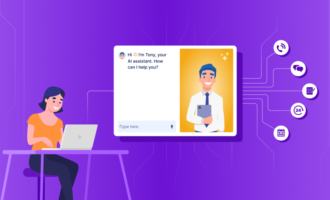


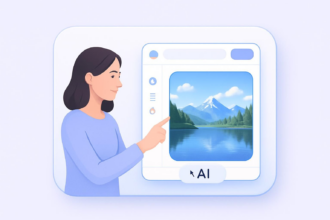






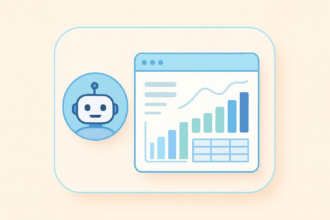
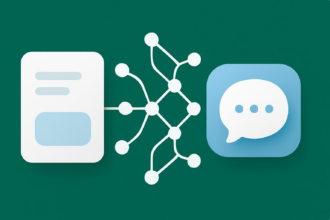



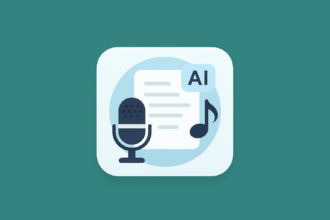



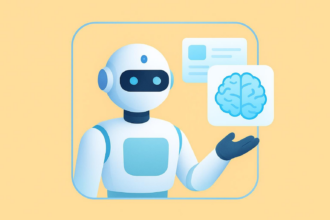


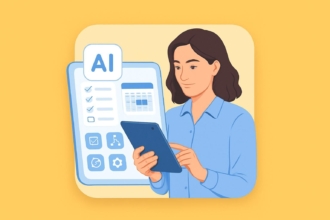

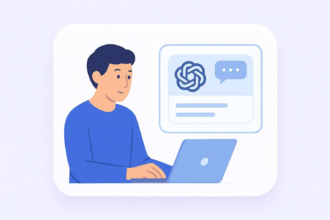
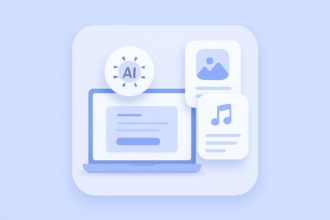

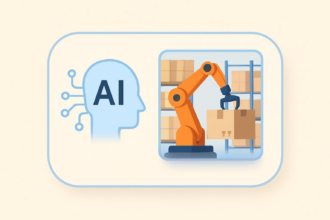
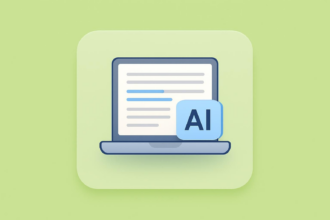

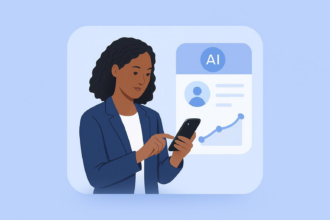

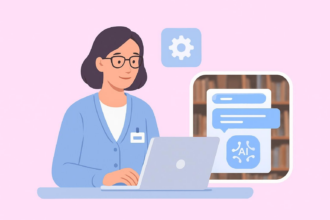
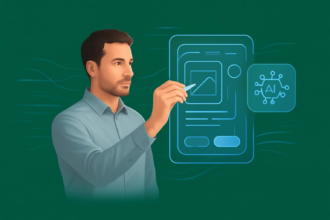
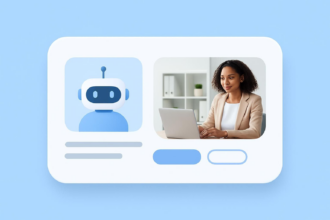
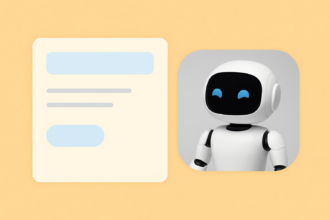
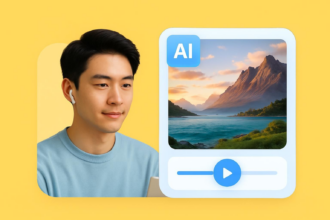
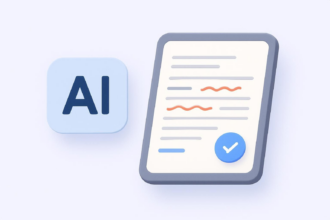



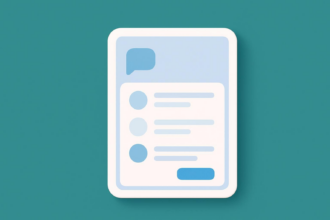



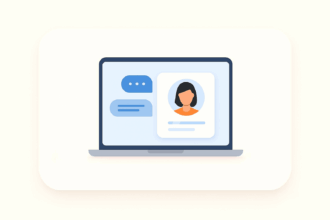


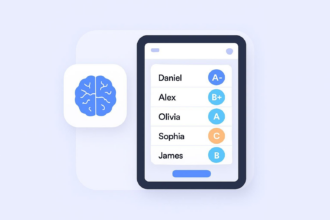




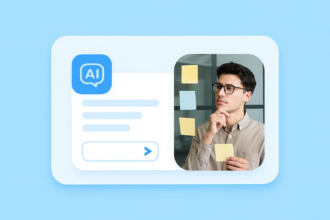

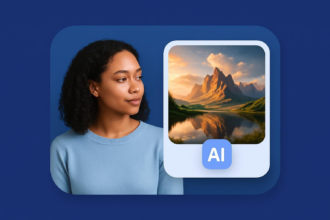

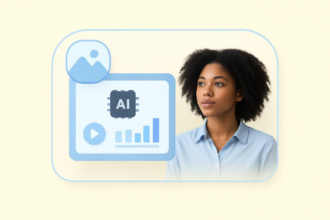

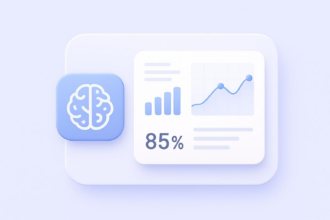



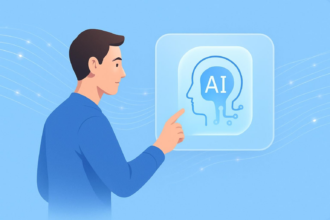
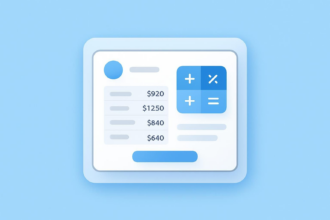
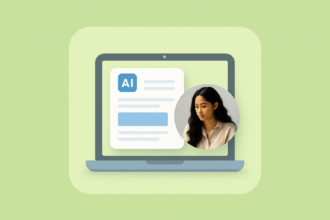
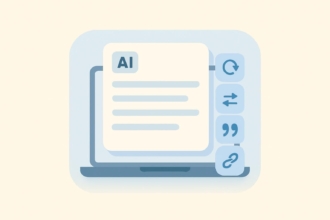

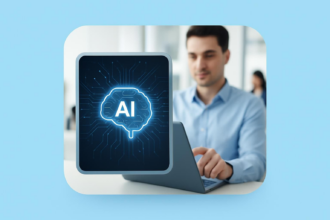

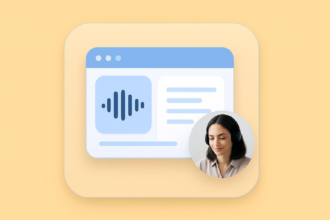

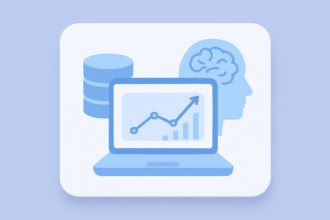

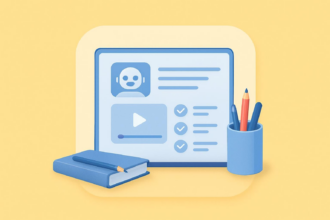

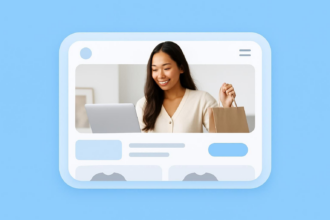

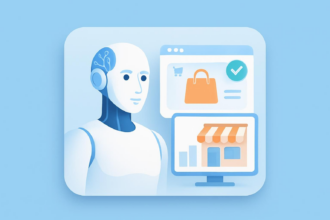
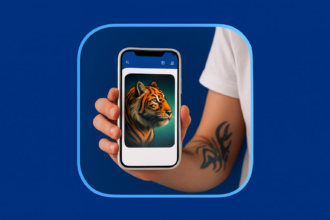

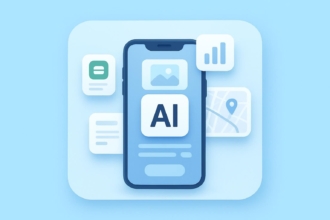


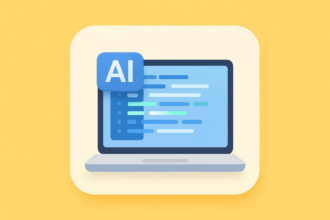




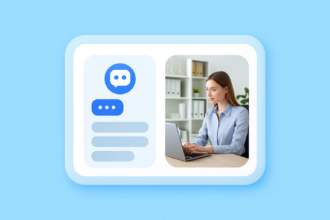
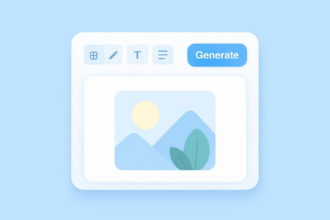

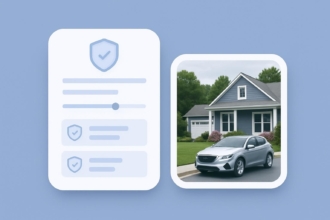







Send Comment: